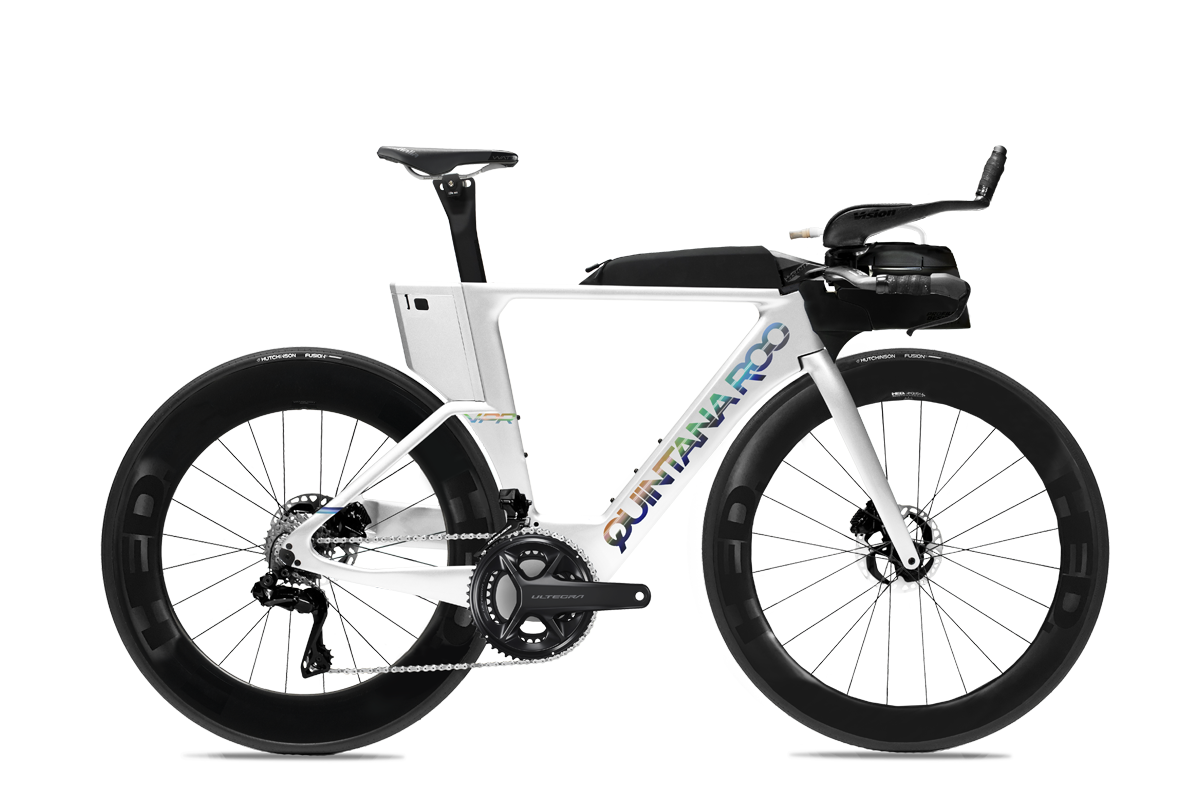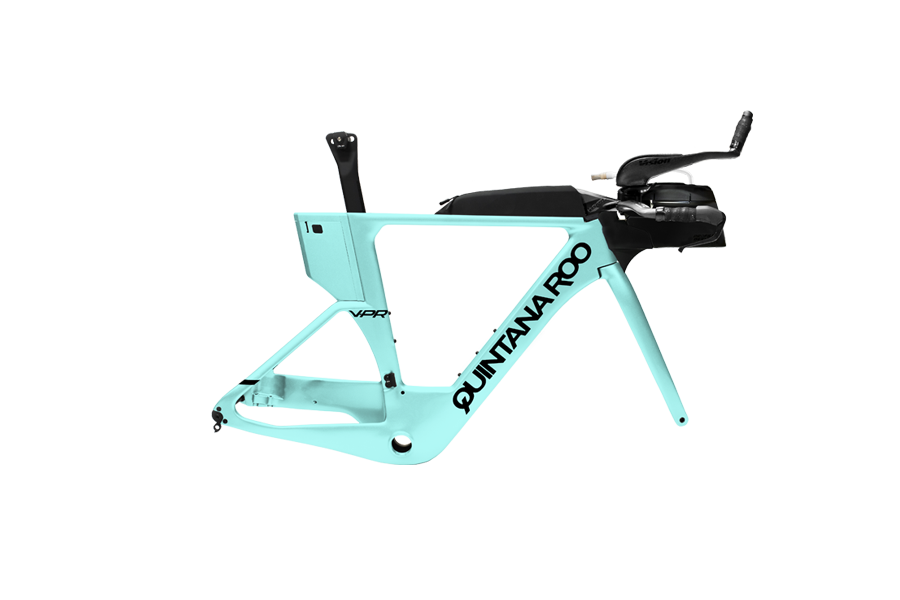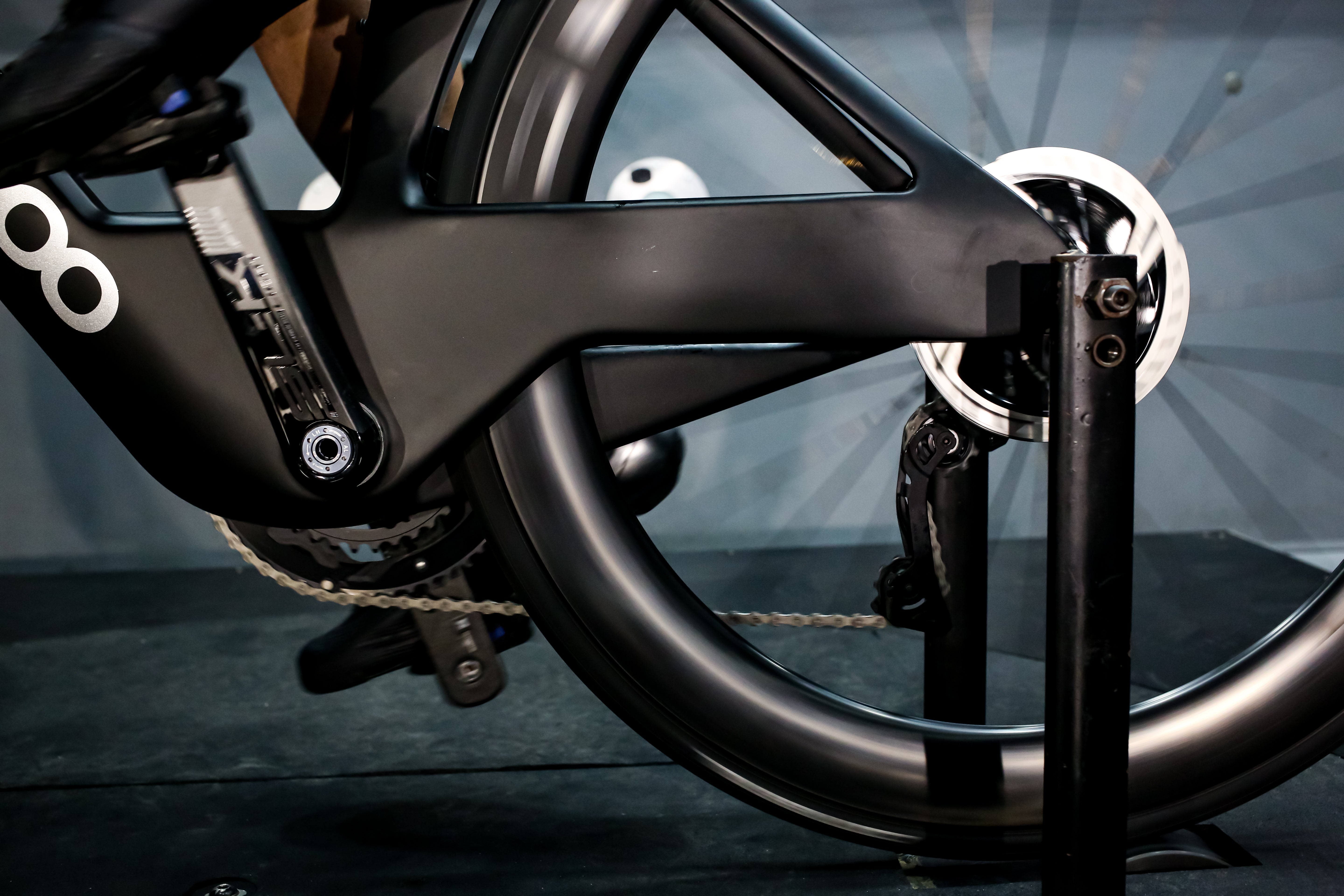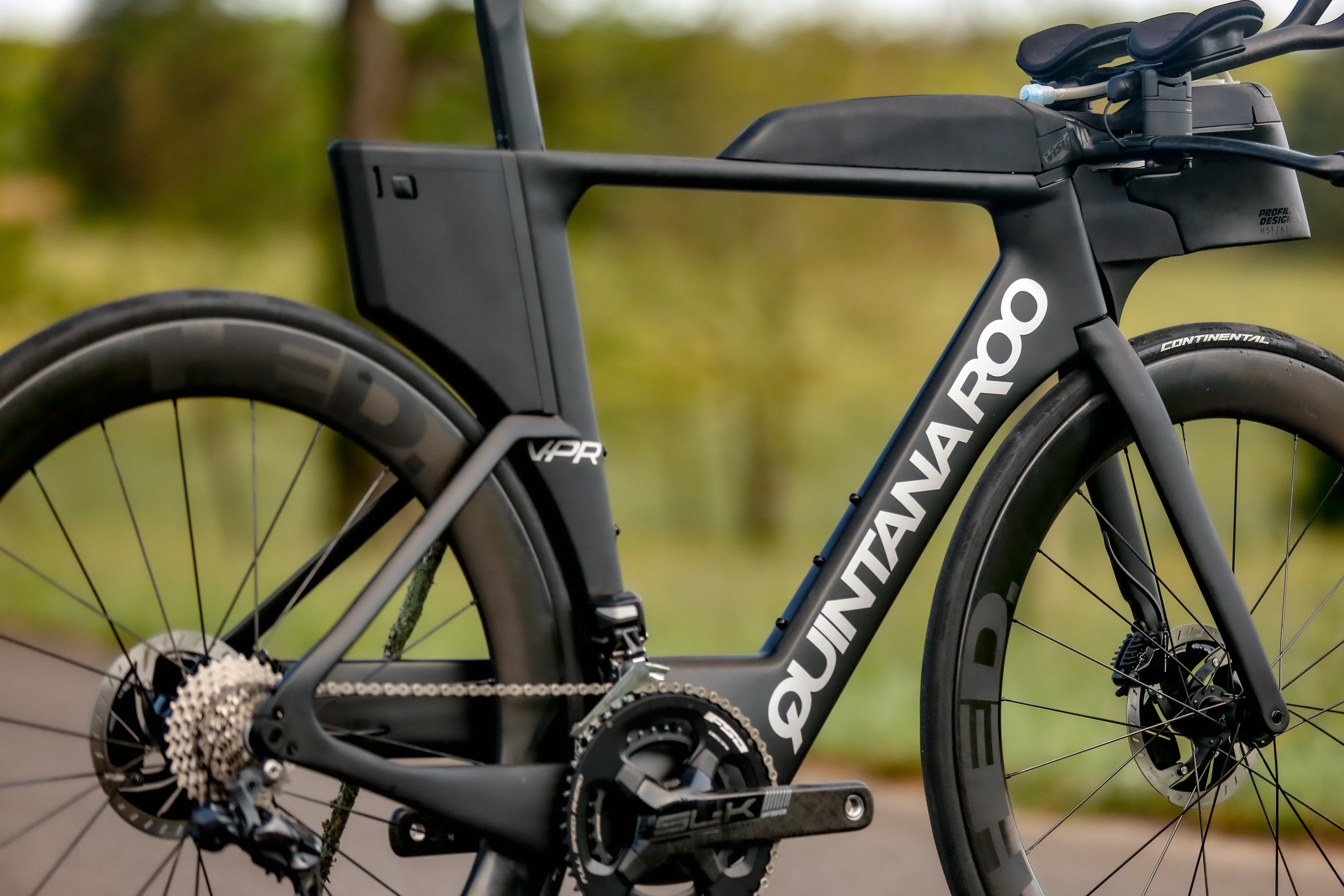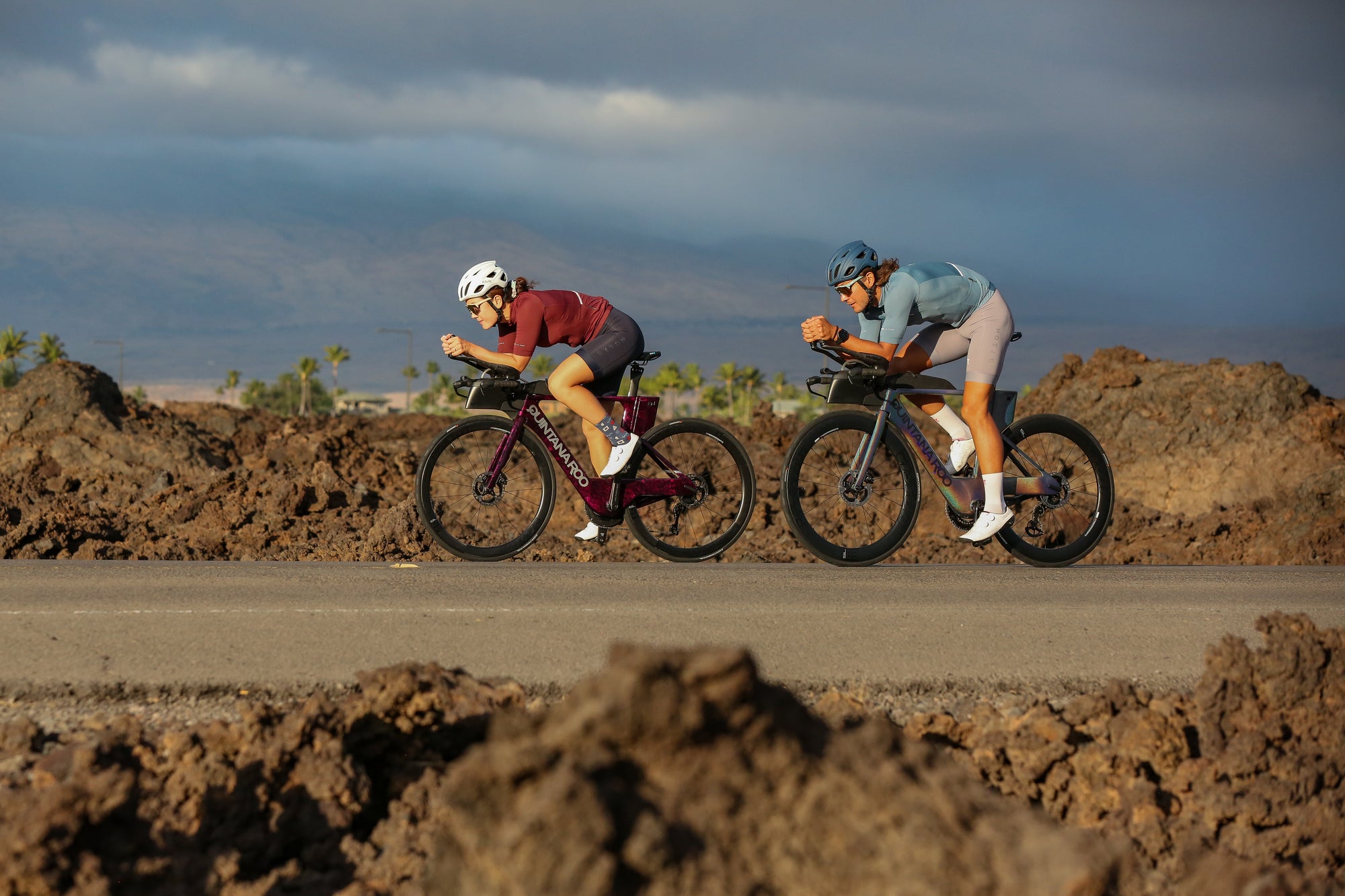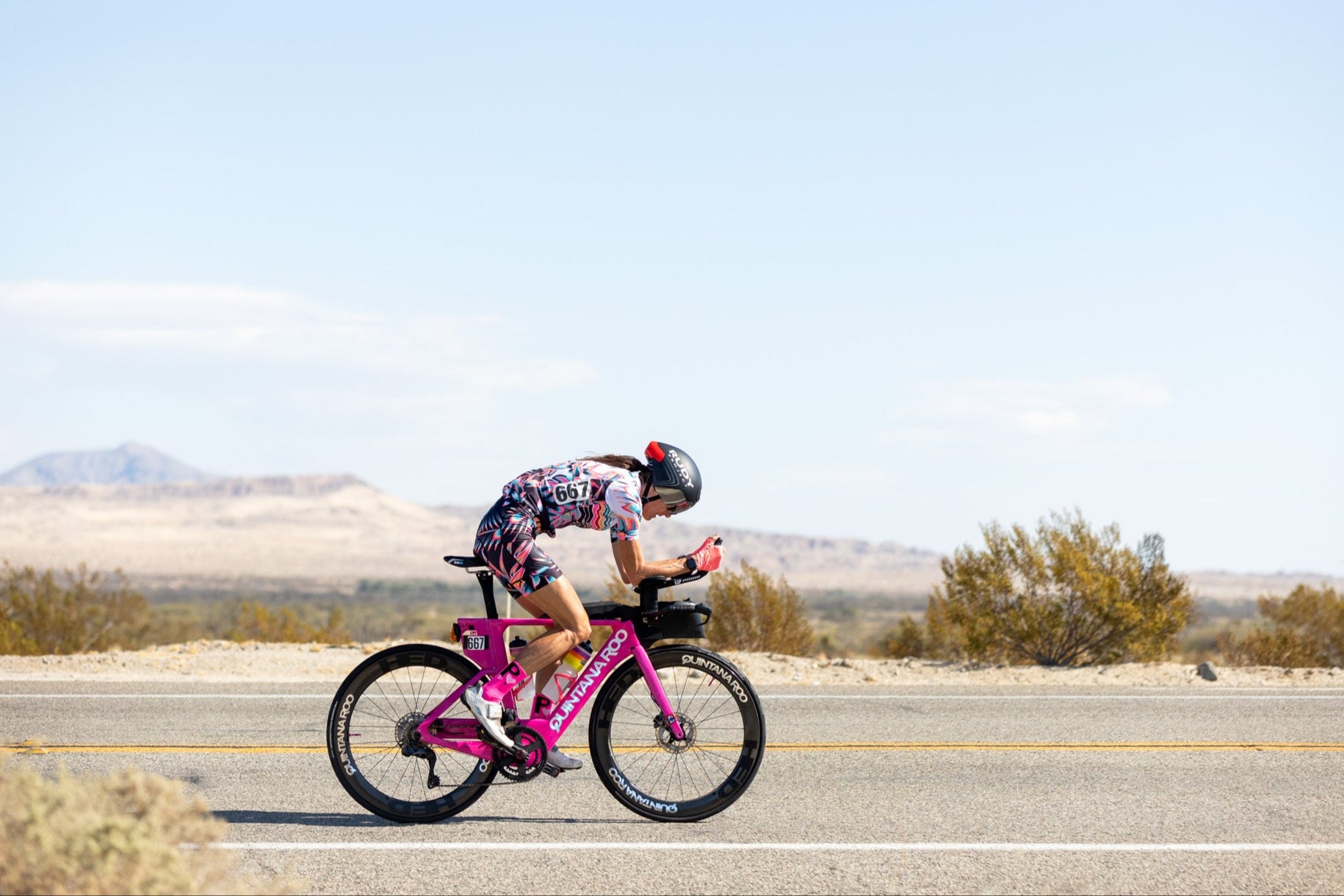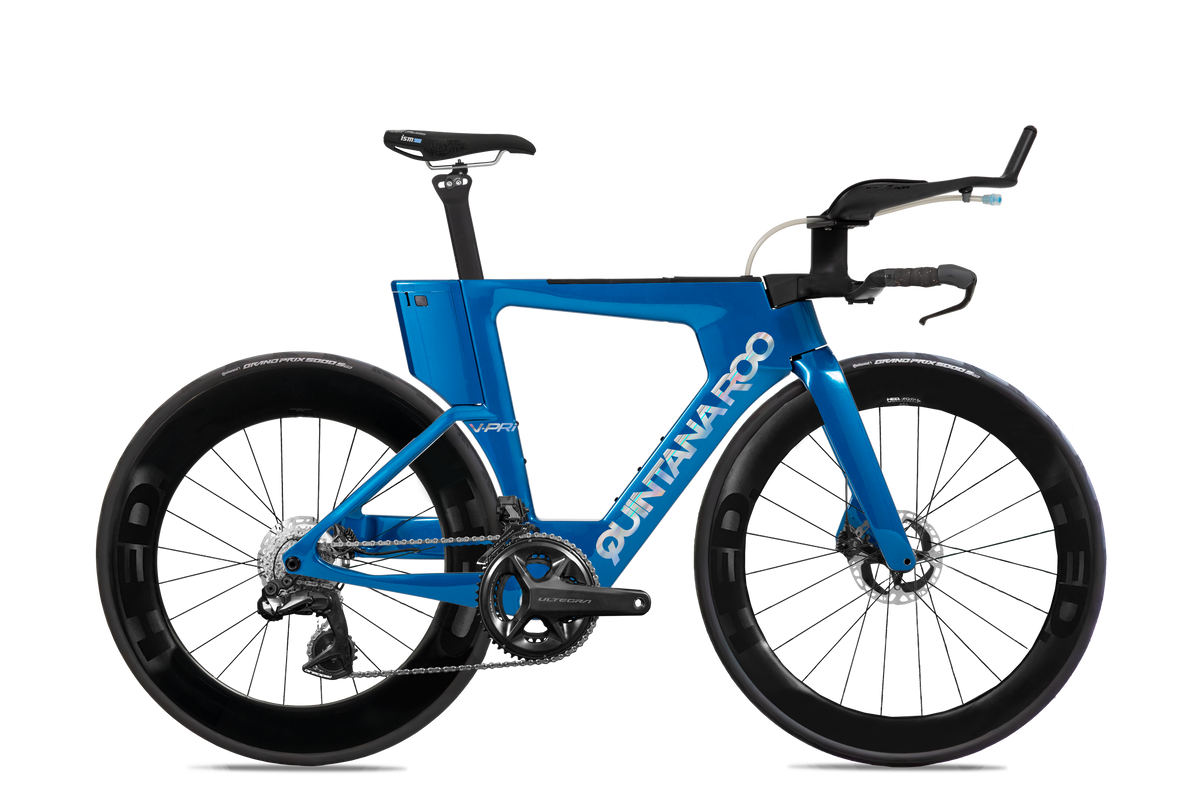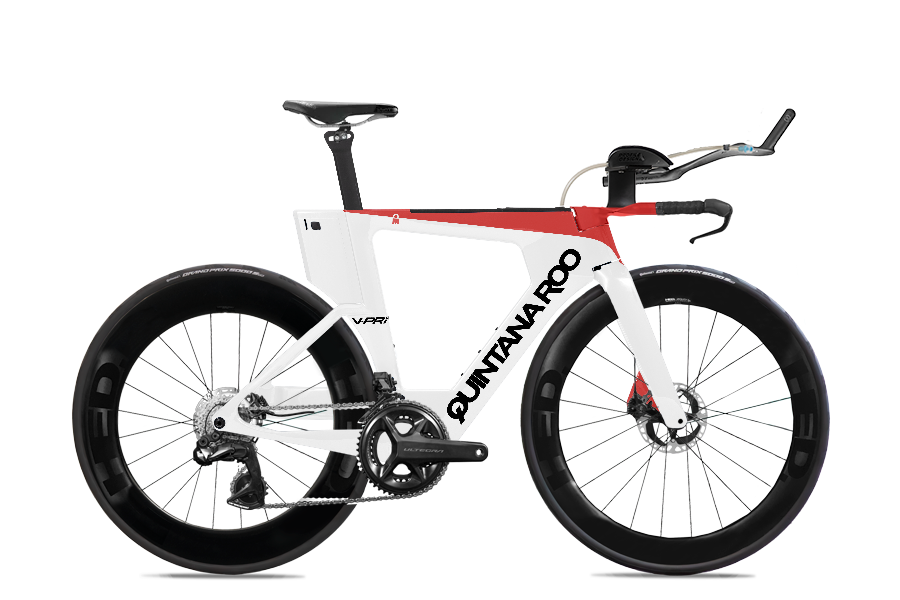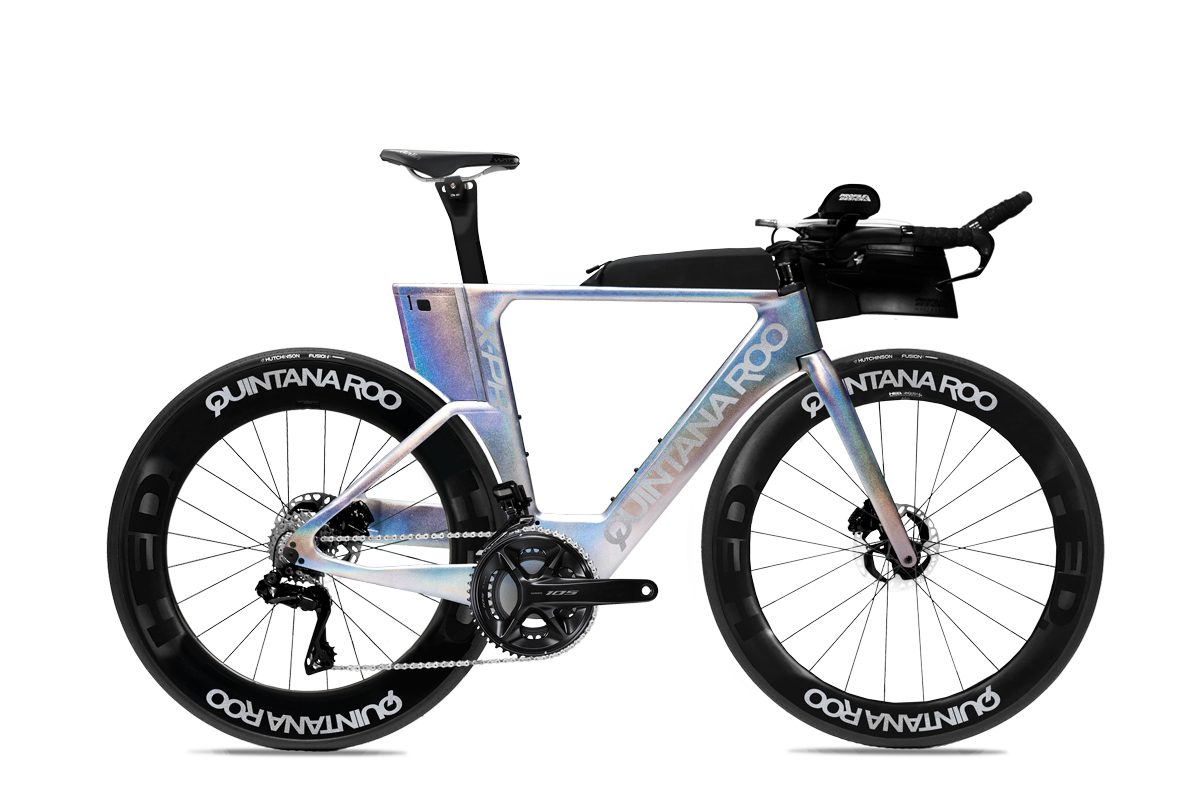TRIATHLON
V-PR TRIATHLON BIKE
Ensure your success with the V-PR. Designed for ultimate speed and efficiency.
CHAMPIONSHIP WINNING PERFORMANCE.
Designed from the ground up for all-out speed, the V-PR is Quintana Roo’s most successful race bike. With aerodynamics refined in the wind tunnel, advanced carbon construction, and a long list of wins to its name, the V-PR is designed to help athletes perform their best on race day.
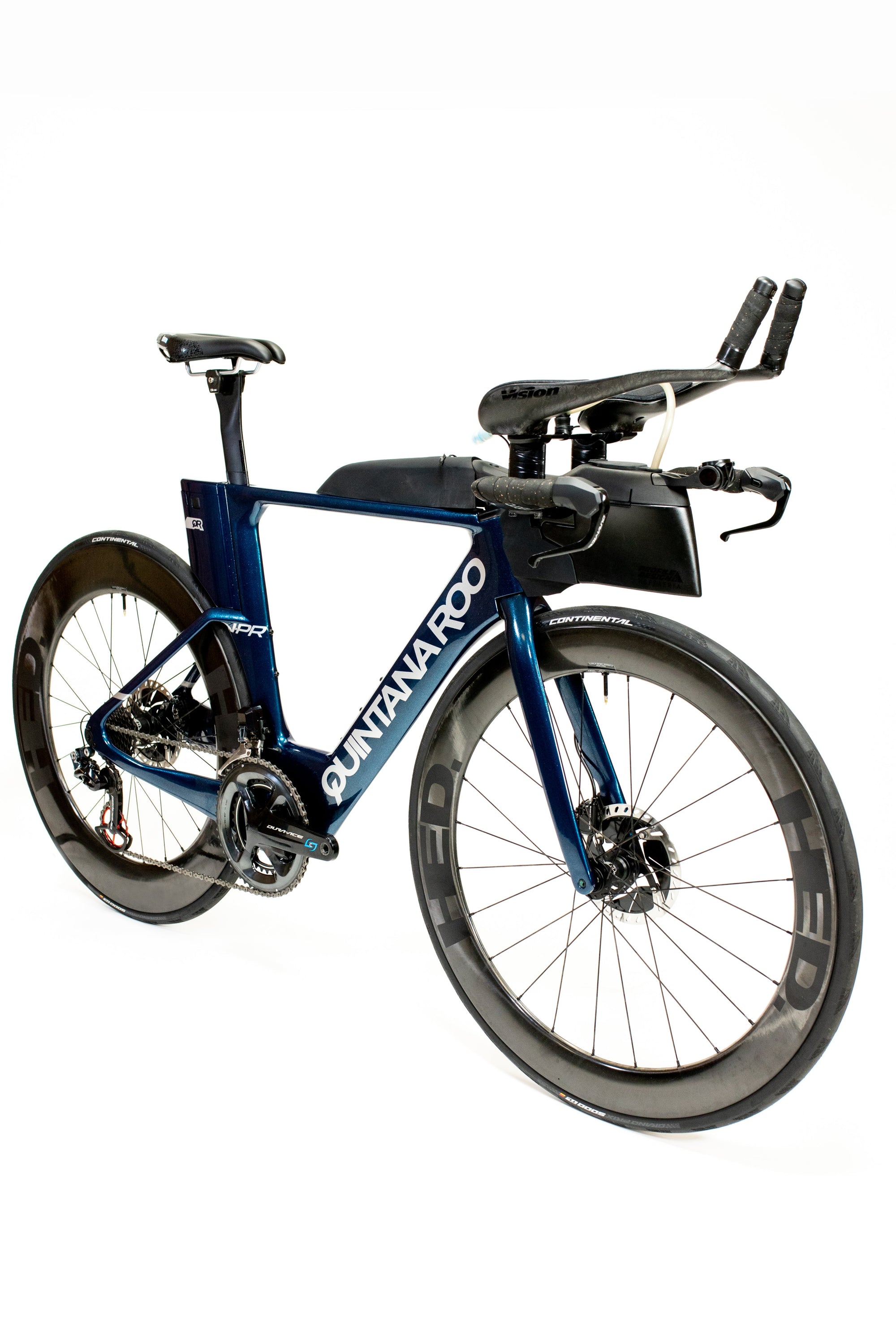
ENGINEERED FOR VICTORY
Every line, every gram, every feature of the V-PR is built for speed. It was developed and refined in the A2 Wind Tunnel and proven in the world's most competitive triathlons. It’s 12.7% more efficient and significantly lighter than the top competitor. Whether you're chasing a PR or a podium, the V-PR is your edge.
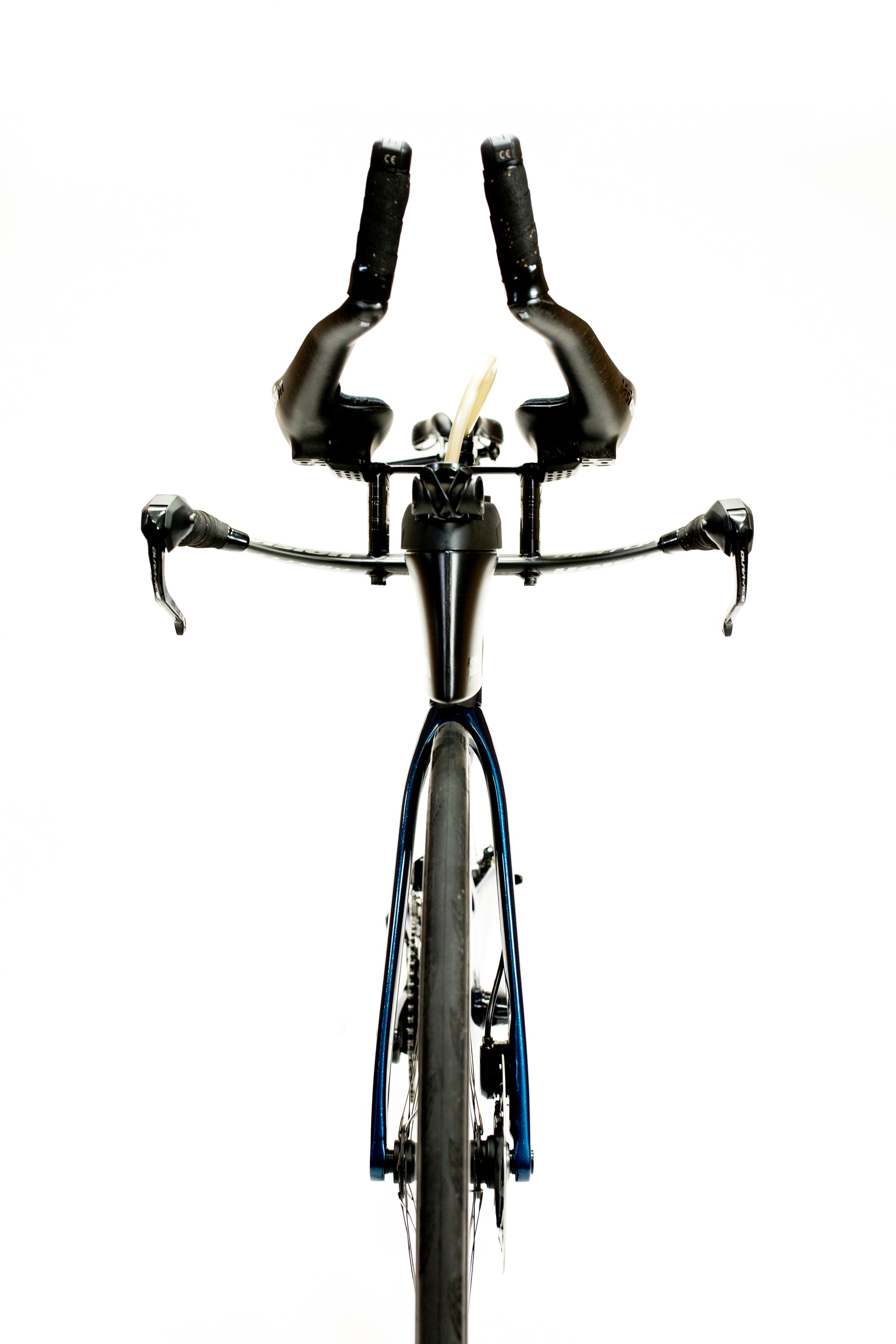
REAL-WORLD SPEED
Speed and performance don't come from aerodynamics alone. The V-PR pairs our race-proven aero technology with intuitive handling and a comfortable ride that will give every rider complete confidence on the the most technical roads and courses. This is high-performance engineering with everyday practicality built in.
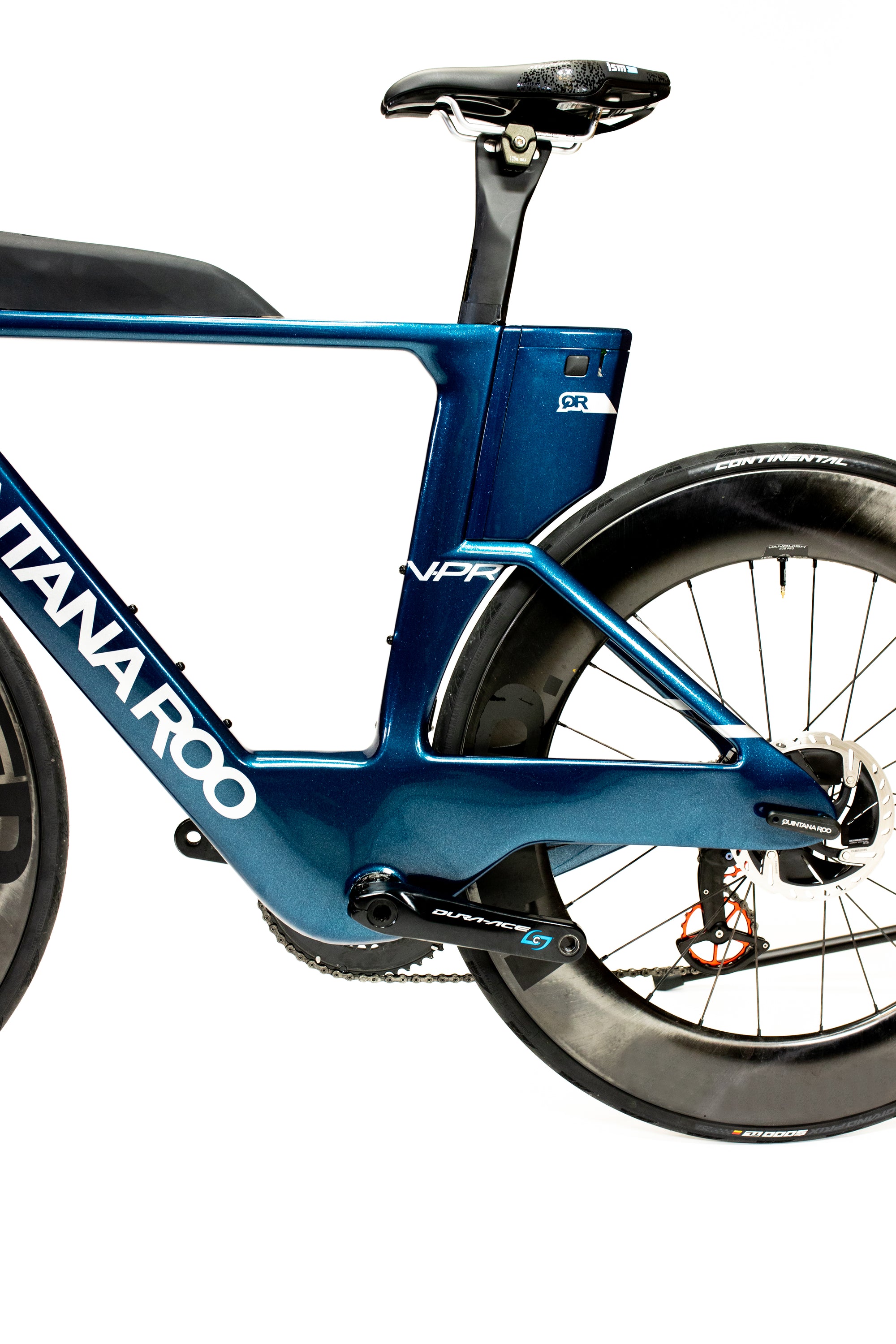
TAILORED TO GO THE DISTANCE
The V-PR is designed to fit you. With highly adjustable cockpit options, BTA hydration choices, and an aero QBox for storing spares and essentials out of the wind, every touchpoint and feature is designed to work with you so you can focus more on the road ahead. You don’t have to adapt to the bike. The V-PR adapts to you.
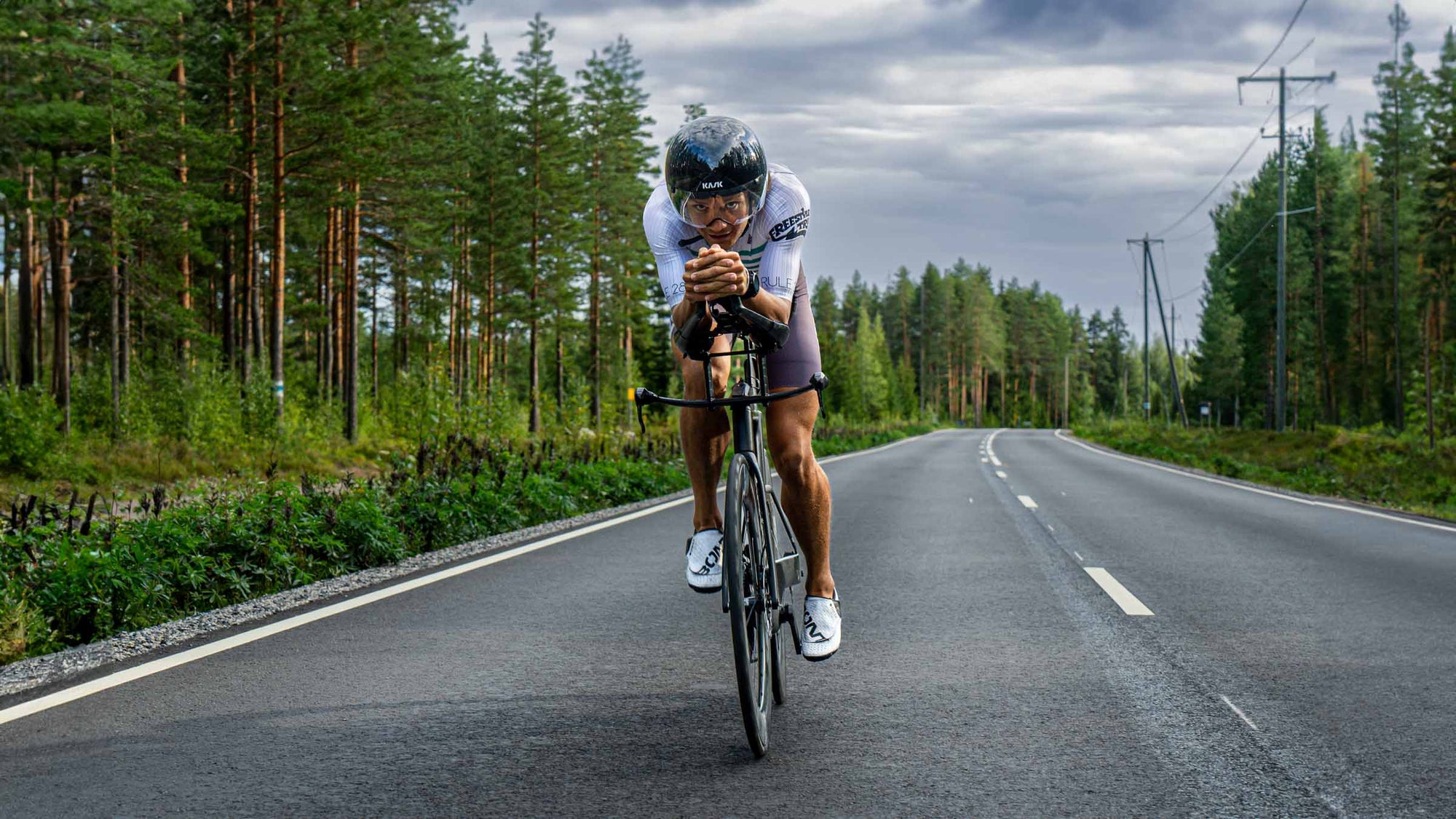
DESIGNED TO PERFORM
Not Just Another Triathlon Bike.
EXPLORE THE DETAILS
| 48cm | 50cm | 52cm | 54cm | 56cm | 58.5cm | |
|---|---|---|---|---|---|---|
| Seat Tube | 48cm | 50cm | 52cm | 54cm | 56cm | 58.5cm |
| Top tube | 47cm | 49cm | 51cm | 53cm | 54.5cm | 56cm |
| Head tube | 5.8cm | 8cm | 10cm | 12.2cm | 14.3cm | 17cm |
| Head Tube Angle | 72° | 72° | 72° | 72° | 72° | 72° |
| Seat Tube Angle | 77/83° | 77/83° | 77/83° | 77/83° | 77/83° | 77/83° |
| Chainstay | 39.5cm | 39.5cm | 39.5cm | 39.5cm | 39.5cm | 39.5cm |
| Wheelbase | 95.3cm | 96.7cm | 99.4cm | 101.5cm | 103.1cm | 104.8cm |
| Standover | 73cm | 75cm | 77cm | 79cm | 81.5cm | 84cm |
| Front Center | 56.9cm | 58.4cm | 61cm | 63.1cm | 64.8cm | 66.5cm |
| BB Drop | 7.35cm | 7.35cm | 7.35cm | 7.35cm | 7.35cm | 7.35cm |
| Wheel size | 700c | 700c | 700c | 700c | 700c | 700c |
| Stack | 47.5cm | 49.5cm | 51.5cm | 53.5cm | 55.5cm | 58cm |
| Reach | 38.2cm | 39.2cm | 41.2cm | 42.7cm | 43.7cm | 44.7cm |

WHY RIDE QR?

